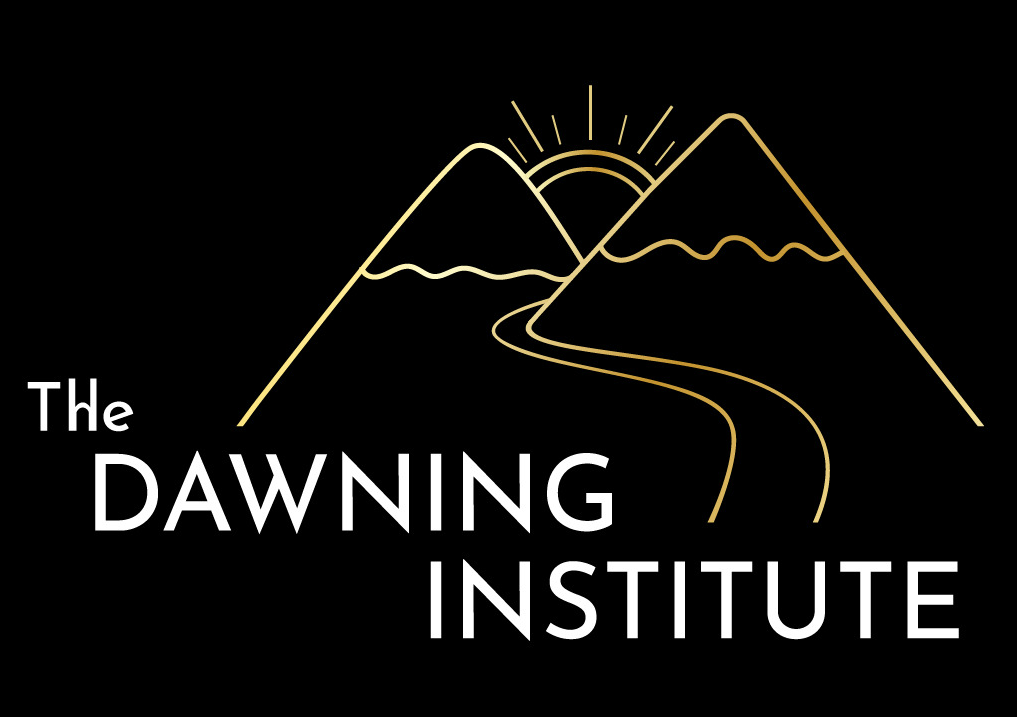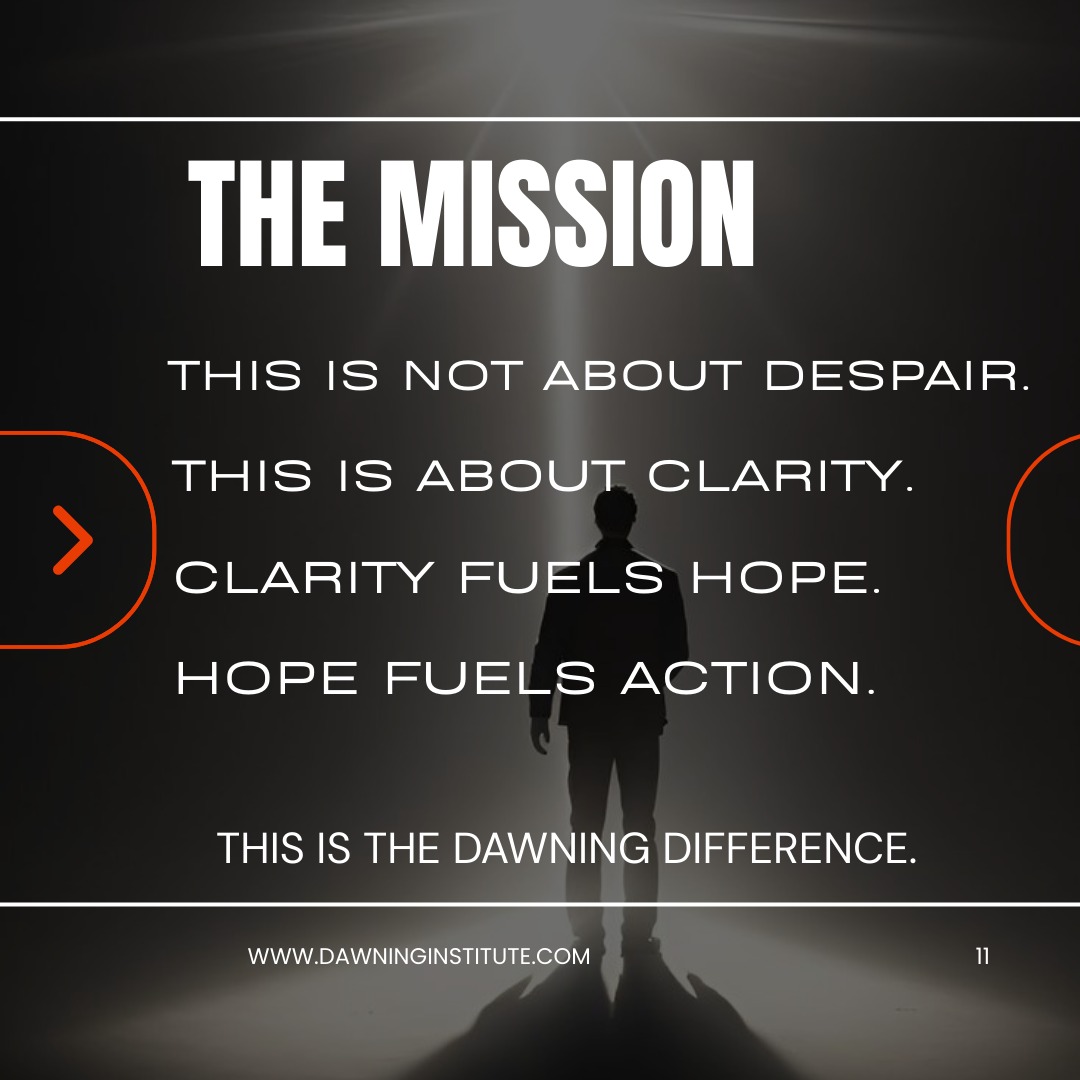Science is meant to test, challenge, and self-correct. Marketing is meant to persuade and sell. When the two become entangled, medicine shifts from discovery to influence. The result is not abstract. It is felt in the lives of patients, and nowhere more painfully than among children.
The problem did not begin in recent decades. Its roots can be traced back to the early 20th century, when the Flexner Report, heavily backed by the Rockefeller Foundation and the American Medical Association, reshaped American medicine. Schools that trained women, Black physicians, and practitioners of holistic medicine were closed. The new system favored a laboratory-driven, male-dominated, and highly centralized model of education.
This shift elevated certain voices while silencing others. Children’s health was subsumed into adult-oriented institutions, and preventive or community-based approaches were devalued. Over time, pediatric care was tethered to the same networks of influence that shaped adult medicine, including industry funding, professional authority, and publication bias. The very structure of medicine became one in which vulnerable populations had limited voice and limited protection.
Some clinical trials are designed not to answer a scientific question, but to build confidence among physicians. This strategy is known as the “seeding trial.”
The Merck ADVANTAGE trial for Vioxx is a revealing case. Framed as a study on safety and efficacy, it was in reality managed by Merck’s marketing division. Physicians who participated believed they were engaged in science, but the true goal was to introduce them to the drug and foster familiarity. Internal company documents later confirmed this.
Children are not usually direct participants in such promotional studies, but the influence on prescribing patterns ripples into pediatrics. Drugs introduced through marketing-heavy trials often migrate into off-label use, including in younger populations, before adequate safety data exists. This is where harm takes root.
Children have been especially vulnerable to selective reporting of results. The case of Study 329 on paroxetine (Paxil) is the clearest example.
The study was funded by GlaxoSmithKline and published in 2001. Its conclusion, presented to physicians and policymakers, was that paroxetine was “generally well tolerated and effective” for adolescents with depression. This message shaped prescribing practices across the United States and abroad.
Years later, when independent researchers gained access to the trial data, they reanalyzed it under the RIAT (Restoring Invisible and Abandoned Trials) initiative. Their findings were stark. The drug showed no significant benefit in adolescents. Even more alarming, it was associated with increased risks of suicidal thoughts and behavior.
The original article had painted a picture of safety and effectiveness. In reality, the children in the study had been exposed to heightened risks without compensating benefit. What should have been a warning signal became, through selective reporting, a promotional tool.
This was not an isolated story. A meta-analysis of pediatric antidepressant trials published in The Lancet in 2016 reviewed data from more than 5,000 children and adolescents. Only fluoxetine showed a favorable risk–benefit profile. Other antidepressants either failed to demonstrate benefit or were associated with increased risks, particularly of suicidality. Yet for years, prescriptions for these drugs rose sharply among children, reflecting the power of biased publication and selective reporting.
Industry funding is often justified as necessary to advance research, but the bias it introduces is measurable and consistent.
A Cochrane review confirmed that industry-sponsored trials are significantly more likely to produce favorable results and conclusions than independent ones. This does not mean every such trial is invalid, but it shows a statistical pattern that cannot be ignored.
Ghostwriting adds another layer of distortion. Many articles are drafted by professional writers hired by pharmaceutical companies, then attributed to academic physicians known as “key opinion leaders.” These physicians, often paid consulting fees, lend credibility through their names and reputations. Behind the scenes, companies carefully manage the message, shaping which findings are emphasized and how conclusions are framed.
In pediatrics, where physicians rely heavily on published literature due to the limited number of trials, ghostwritten or biased articles carry even more weight. A single favorable publication can shape prescribing norms for years, even if the underlying evidence is weak.
Payments from pharmaceutical companies to physicians are often categorized as consulting fees, honoraria, or sponsorship of continuing education. Industry presents these as professional collaborations. Yet when stripped of the language, the mechanism is clear. A company pays. Prescribing behavior changes. Influence is purchased. By any reasonable definition, this is a bribe.
The effect is not abstract. Children have been among the most directly harmed.
Antidepressants: Prescriptions for antidepressants in children and adolescents rose nearly fivefold between 1988 and 2002. Much of this increase coincided with aggressive industry marketing and physician payments. Study 329 on paroxetine is the clearest case, where ghostwriting and financial influence helped normalize prescribing despite heightened risks.
ADHD stimulants: By 2016, nearly 6.1 million children in the United States had been diagnosed with ADHD, and more than 60 percent were prescribed stimulants. Analyses of Open Payments data show that pediatricians who received meals or fees from stimulant manufacturers were more likely to prescribe newer, branded medications rather than generics.
Insulin: In the case of Type 1 diabetes, children suffer directly from high prices. Studies show that one in four families with a child who has diabetes report rationing insulin due to cost. Insulin makers have consistently paid physicians to support loyalty to branded products, contributing to price inflation.
Asthma inhalers: Nearly 5 million American children have asthma. When generic options were delayed by patent extensions and product tweaks, families bore the cost. Payments to physicians reinforced prescribing of higher-priced options. Research has linked cost-driven nonadherence to preventable pediatric asthma deaths, disproportionately affecting Black children.
Each of these cases shows how financial incentives to physicians translate into real risks for children. What is framed as “education” or “consulting” often functions as a bribe, with the child’s health as collateral.
The medical system assumes that adults speak truthfully on behalf of children. This bias creates a dangerous opening. In families marked by abuse, children can be pushed into medical pathways that serve the parent’s agenda rather than the child’s needs.
Pharmaceutical influence magnifies this risk. A parent who insists a child is anxious, depressed, or inattentive can find a physician who, under pressure and guided by biased literature or subtle industry influence, prescribes medication. If the physician is already steeped in promotional narratives or financially tied to a company, the threshold for prescribing drops further.
ADHD and behavioral disorders: Children described as disruptive are often evaluated quickly, sometimes without comprehensive assessments. Industry-funded campaigns have normalized stimulant use as a first-line solution. In abusive homes, parents can push for prescriptions that serve control more than care.
Psychiatric drugs and adolescents: Emotional abuse can be masked as concern for mental health. Physicians, relying on selective publications, may prescribe antidepressants or antipsychotics. The child’s voice is often discounted. For years, warnings about suicidality in adolescents were muted, making it easier for adult narratives to override reality.
The structure of the medical system, built to privilege adult testimony and rapid prescribing, rarely pauses to consider how easily it can be exploited. In this way, authority becomes a weapon, and the child’s vulnerability deepens.
The merger of science and marketing has produced measurable harm.
Vioxx: Tens of thousands of excess cardiovascular events occurred before withdrawal.
Opioids: Counties with higher levels of pharmaceutical marketing payments to physicians experienced higher prescribing rates and higher overdose death rates, spilling into adolescent populations.
Insulin: Roughly 1.3 million Americans ration insulin annually. Among them are children who face life-threatening diabetic ketoacidosis.
Asthma inhalers: Preventable asthma deaths, disproportionately affecting Black children, are linked to cost-related nonadherence caused by inflated pricing strategies.
Across these cases, the pattern is clear. When marketing shapes the medical pipeline, patients pay with their health, and children often pay the highest price.
It would be misleading to say all industry influence has been destructive. Some of the most important breakthroughs in cardiology, oncology, immunology, and pediatric vaccines were accelerated by company-sponsored trials. Meningitis, HPV, and rotavirus vaccines are examples of advances supported by industry resources.
Yet the benefit is inseparable from the harm. The same structures that enable lifesaving discoveries also produce biased publications, distorted education, and unaffordable pricing. The conflict of interest is not peripheral. It is structural.
Children cannot advocate for themselves. They rely on parents, physicians, regulators, and society to protect them. When marketing shapes the evidence base, the most vulnerable populations are left exposed. Physicians believe they are practicing evidence-based medicine, but often the “evidence” has been curated to serve commercial goals.
To acknowledge this history is the first step. But acknowledgement is not enough. Structural reform is needed to firewall science from salesmanship. Without such protections, the cycle will continue, and the cost will again fall on those least able to defend themselves.
Food for Thought:
What protections should exist to safeguard children from distorted science?
How can regulators and medical journals ensure that all pediatric data, positive or negative, reaches the public record?
Should there be separate, stricter standards for research involving children?
How should the medical system respond to the risk of abusive parents weaponizing diagnoses and treatments?

